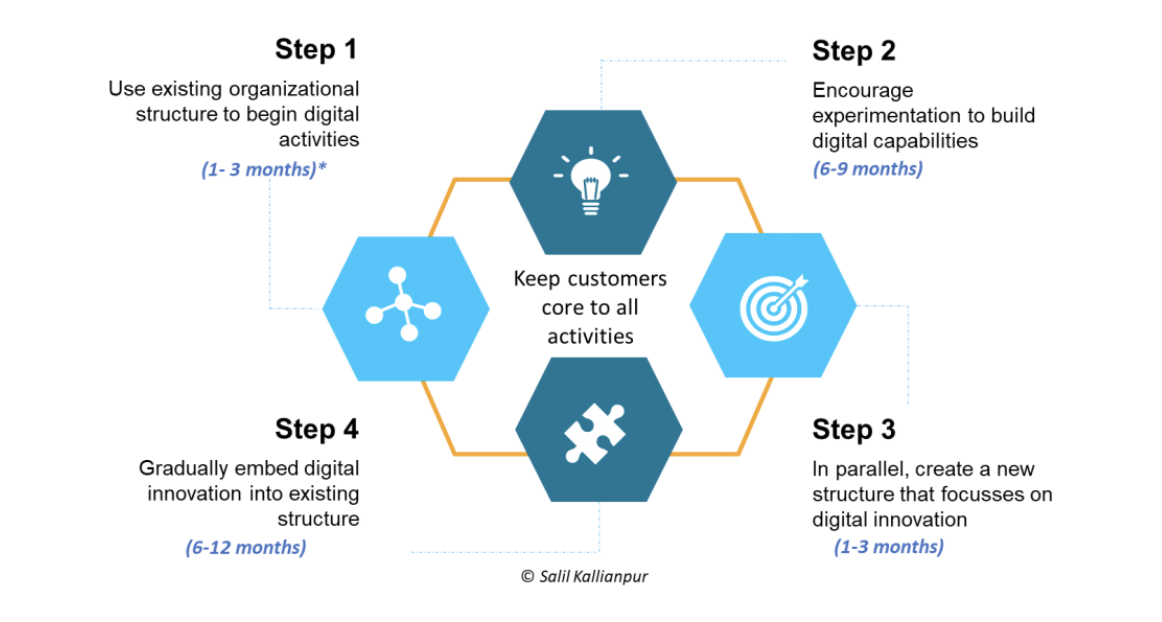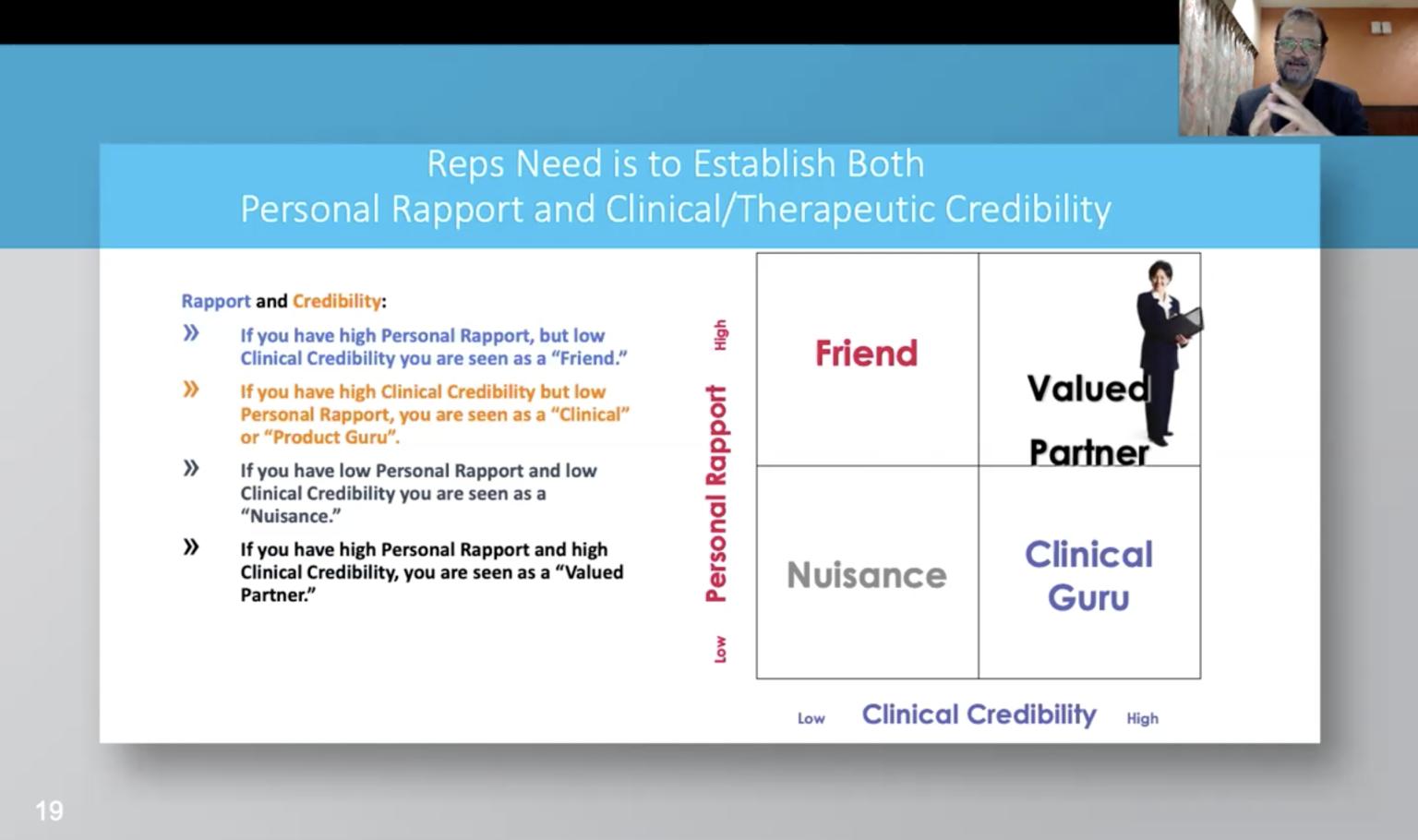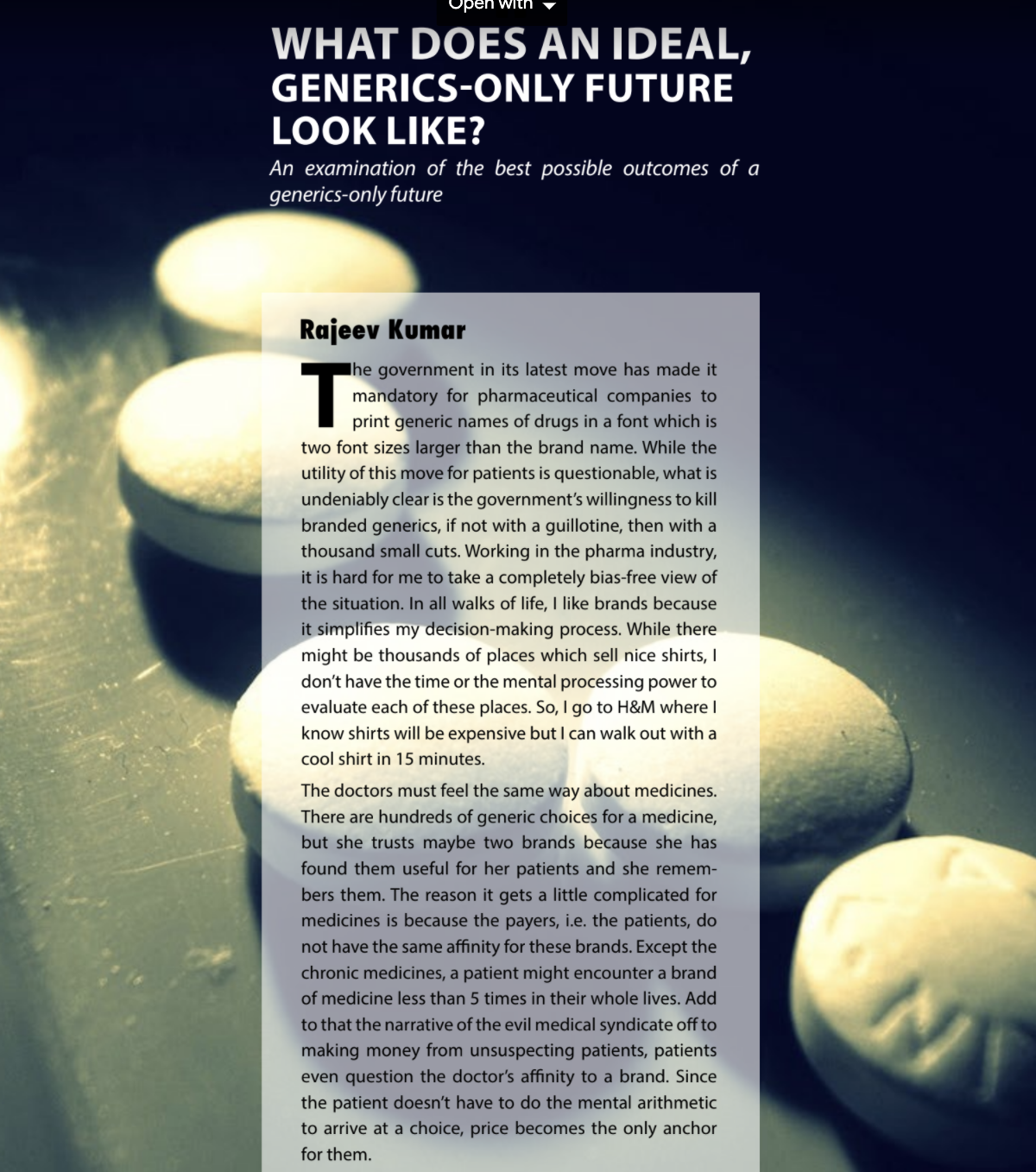Yesterday I received a WhatsApp from a famous shoe company. A catalogue. The local store manager shared that with me and followed it up with a phone call to enquire if I have any footwear needs and assured that they will provide an immediate resolution. Although I appreciate the intent, I found it intrusive and non-engaging. Contrast this with a 2015 approach of FMCG major HUL.

Way back in 2015, I had come across an interesting article in Economic Times which talked about a radio channel called Kan Khajura Tesan. The article suggested that the trigger for the channel was HUL’s need to reach out to consumers who were living in rural areas of Eastern part of our country. Close to 200 million and they were in network dark zones, therefore had limited access to TV. Rather than running a traditional media campaign in reaching out to the consumers. HUL launched a radio channel. The idea was simple and used basic mobile telephony. Anyone could give a missed call on a toll-free number. In return they would receive a call back which is 30 minutes of entertainment. Popular Hindi songs, jokes punctuated with advertisements of HUL brands. At that time HUL had a subscriber base of 35 million who were using the channel. Need based, engaging, and participative.
Another interesting experience to share about is how UK retailer giant Tesco used observation, context to solve a customer pain point and gain business. In 2011 Tesco entered the tough South Korean market with HomePlus stores. Previously retail giants like Carrefour from France and Walmart from US could not crack South Korean market. In fact, Walmart operations were sold to a local retailer Shinsegae. Rather than fighting a discount war or spending money on locations, Tesco redefined the problem and experienced success. Their idea was based on an observation that South Koreans have the longest working hours in the world. So, for a typical South Korean working executive time for shopping is a precious resource. Also, South Korea has one of the best internet connectivity. Combining both, Tesco then introduced what are now known as “virtual stores.”
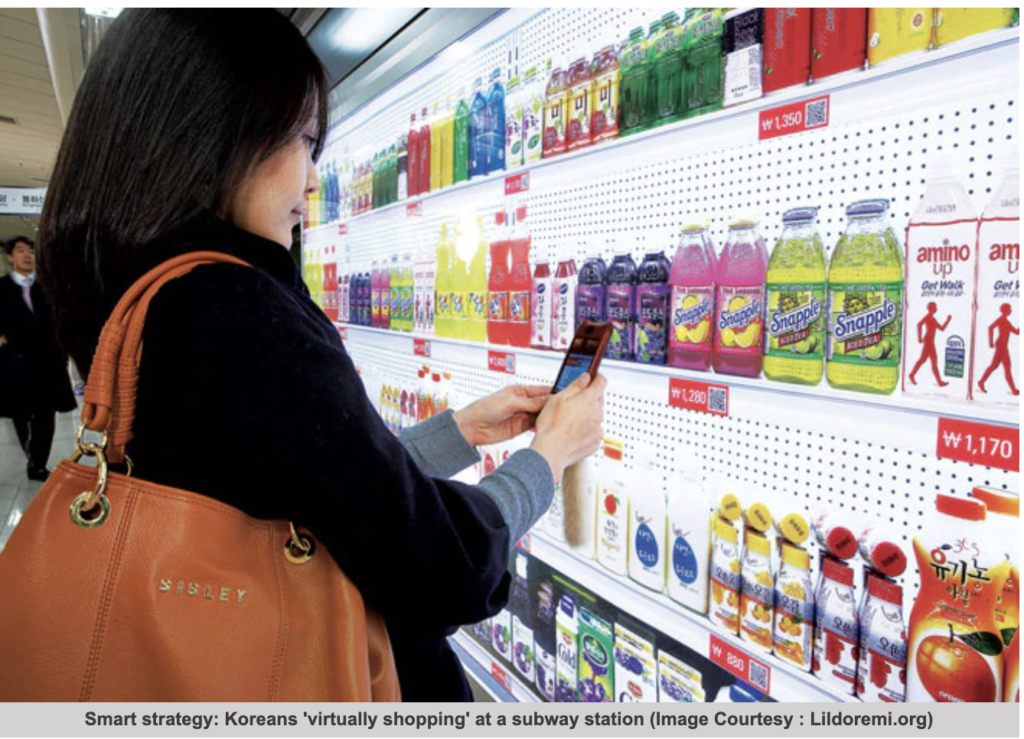
Basically, these were display walls which are exact replica of the aisles of Tesco’s HomePlus stores. They were set up in areas like Metro stations, bus stands, mainly public areas with lot of footfalls plus people had waiting time. A virtual store would work this way. Interested people downloaded the HomePlus app. They could scan the QR codes of the products on display and place their orders and pay. They could also schedule a home delivery basically on the same day at their convenience. All this, during their wait time of the commute. Tesco redefined the problem, solved a customer pain point and expanded upon the market share.

Both companies used technology and they were not Digital Solutions but Business Solutions. COVID – 19 is a rude wakeup call for companies to “Reimagine” businesses. What makes the current situation challenging is that there are no formulaic solutions and templates that can be just implemented. Each of us must walk the path and discover it on our own. But we can gain from experience of how others have done it so that we can use them to “contextualize” and avoid the pitfalls. The starting point is not which technology to use but what is the problem we are trying to solve for our customer? What are the pain points? Only then it would be which technology we can use to address that need in a “Smarter, Faster and Cheaper way”.

Similar fashion there is lot of ECHO in the market for Digitization of Pharma face-to-face call. In fact, some call this an opportunity for transformation. For any transformation it is important to leverage true assets. In my opinion in a Branded Generic Market like ours “Corporate Brand” and the “Deep relationship of our field force with HCP’s” are the only true assets for Pharma Business. Now, it is left to us on how to capitalize them rather than be carried away. It is time to provide opportunities to further strengthen those “Deep Relationships” and Digital could be a means.

Supply chain could be an immediate opportunity. More than substitution of the call, it can be expanded by improving content, providing disease management solutions, or increasing adherence that are need based, engaging, and participative in nature. And they could add value to our customers. The age of the Pharma Rep is not over but it is just beginning, therefore let us not be narrow with “Digital Solutions but create Business solutions that bring value for our customers”.
Disclaimer: I have liberally borrowed from available data from newspapers, case study data that are available in public domain. All views expressed are personal.
Join Digital Excellence Pharma Academy (DEPA) – a partnership between MedicinMan and CredoWeb to enable Indian Pharma sales and marketing professionals to gain insights that will trigger digital adoption in their companies through a series of 40+ webinars and live discussions, every Wednesday and Friday at 5 PM
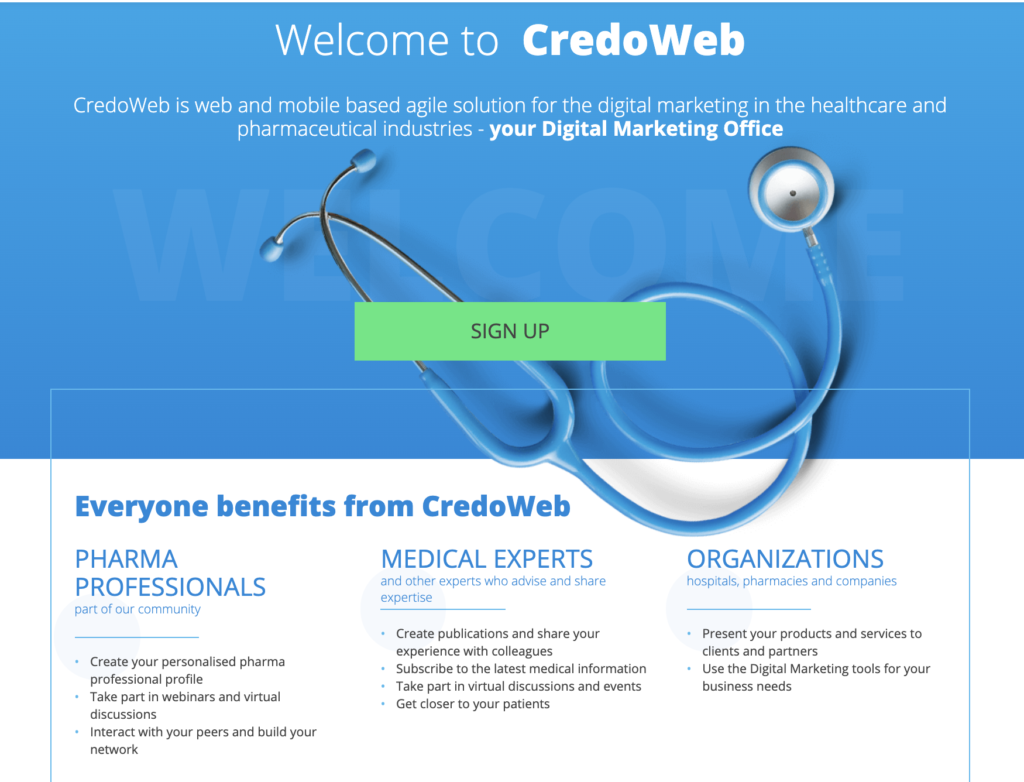
Go to www.credoweb.in and register as a Pharma Professional and await the invitation to join – please provide accurate details about your company, designation, mobile and email to facilitate quick verification. DEPA is open to people working with Indian pharma/devices/diagnostic and disposable companies.
If you have already registered go to the webinar by Salil Kallianpur by clicking here.
